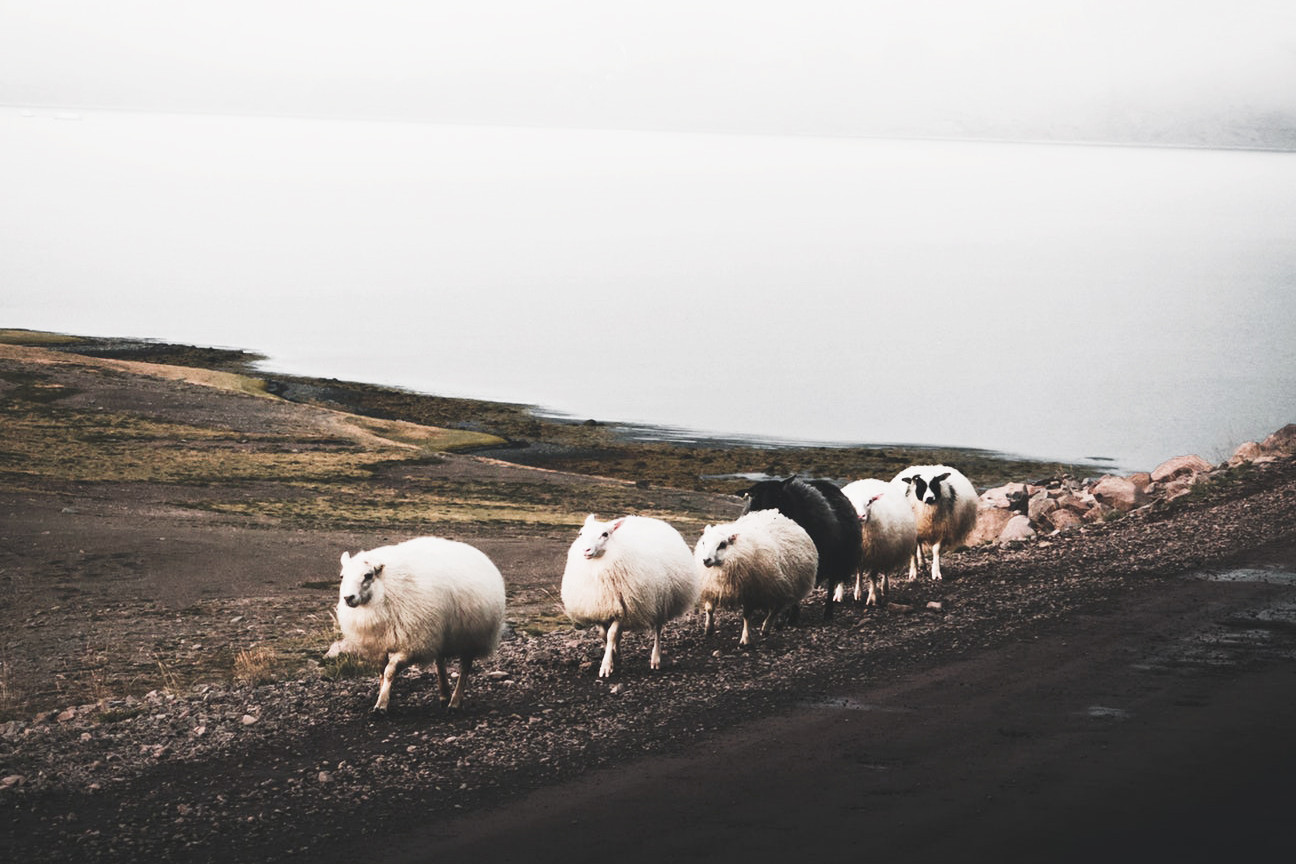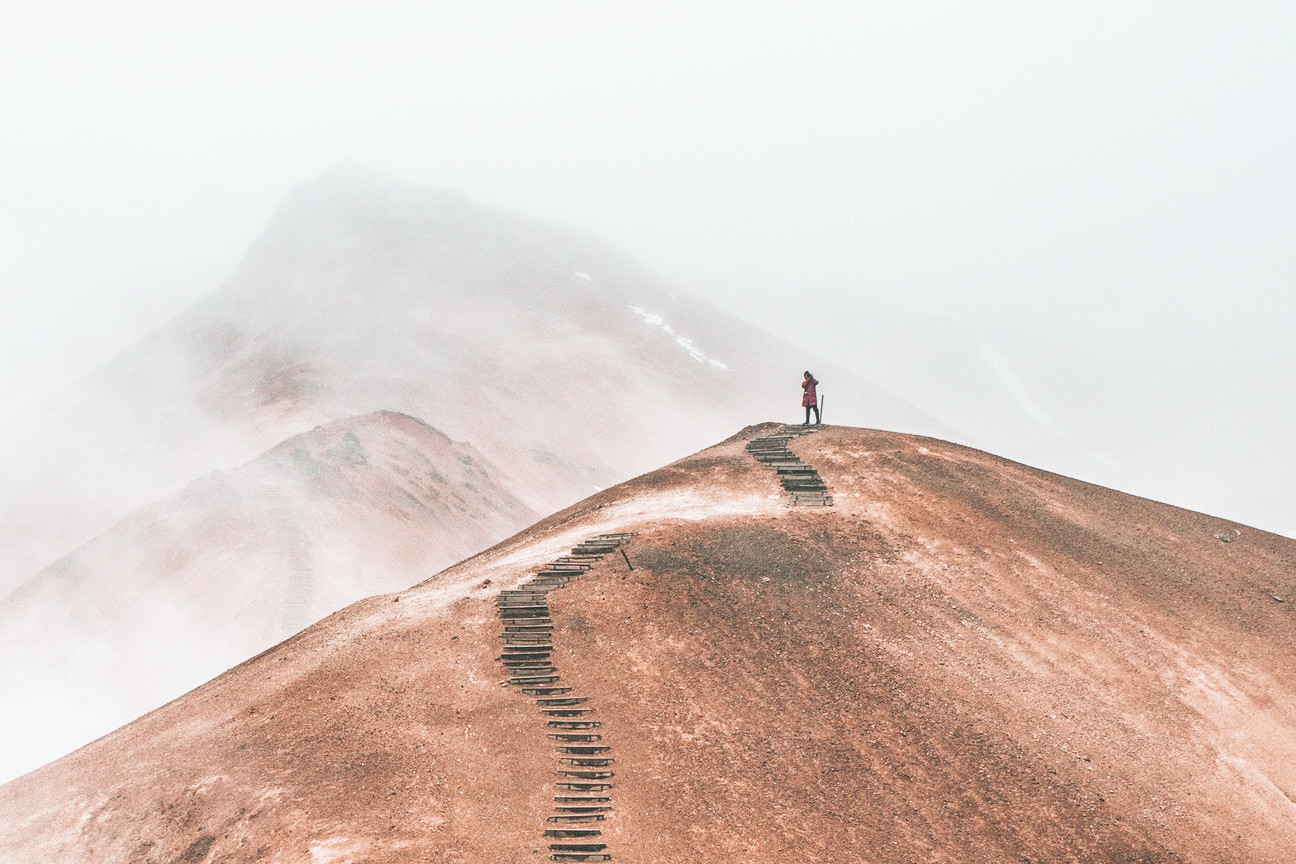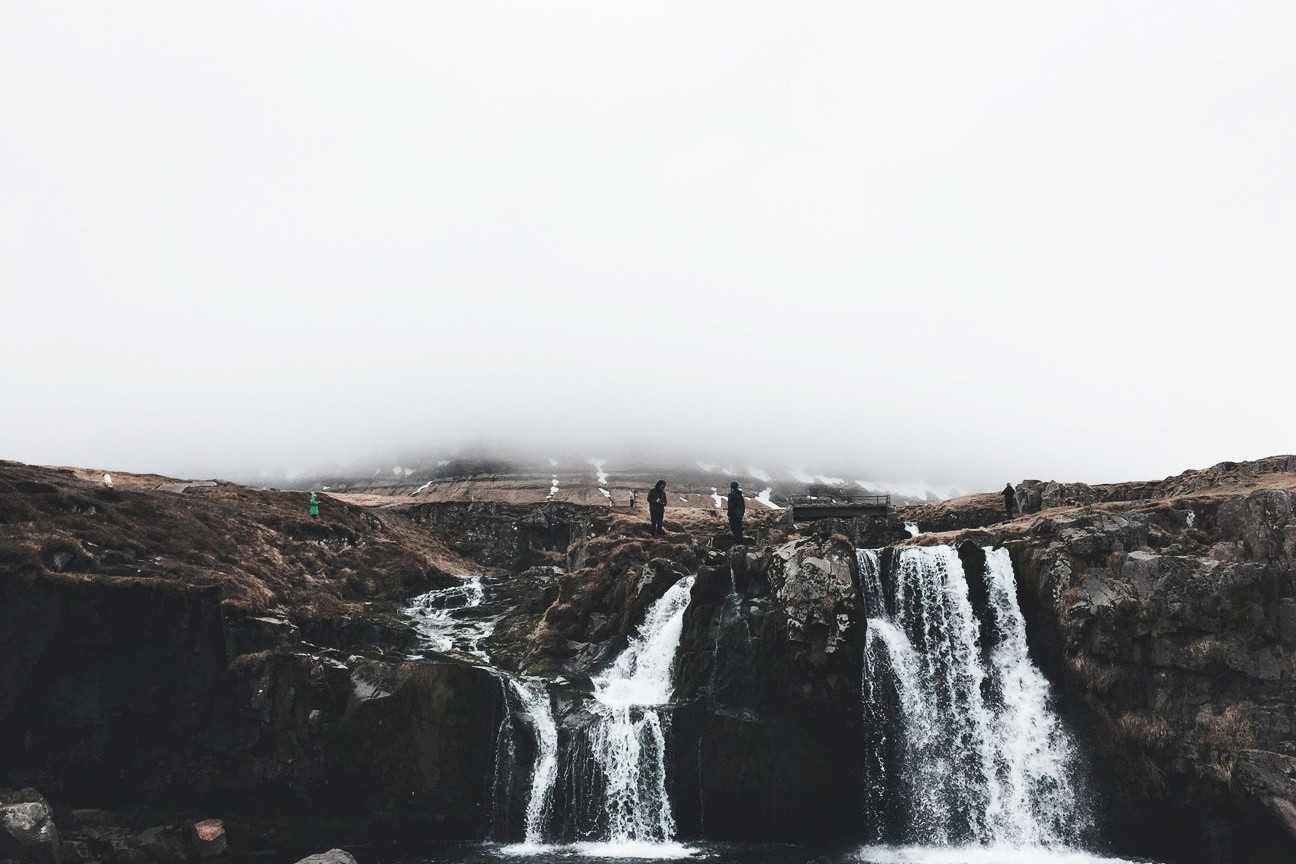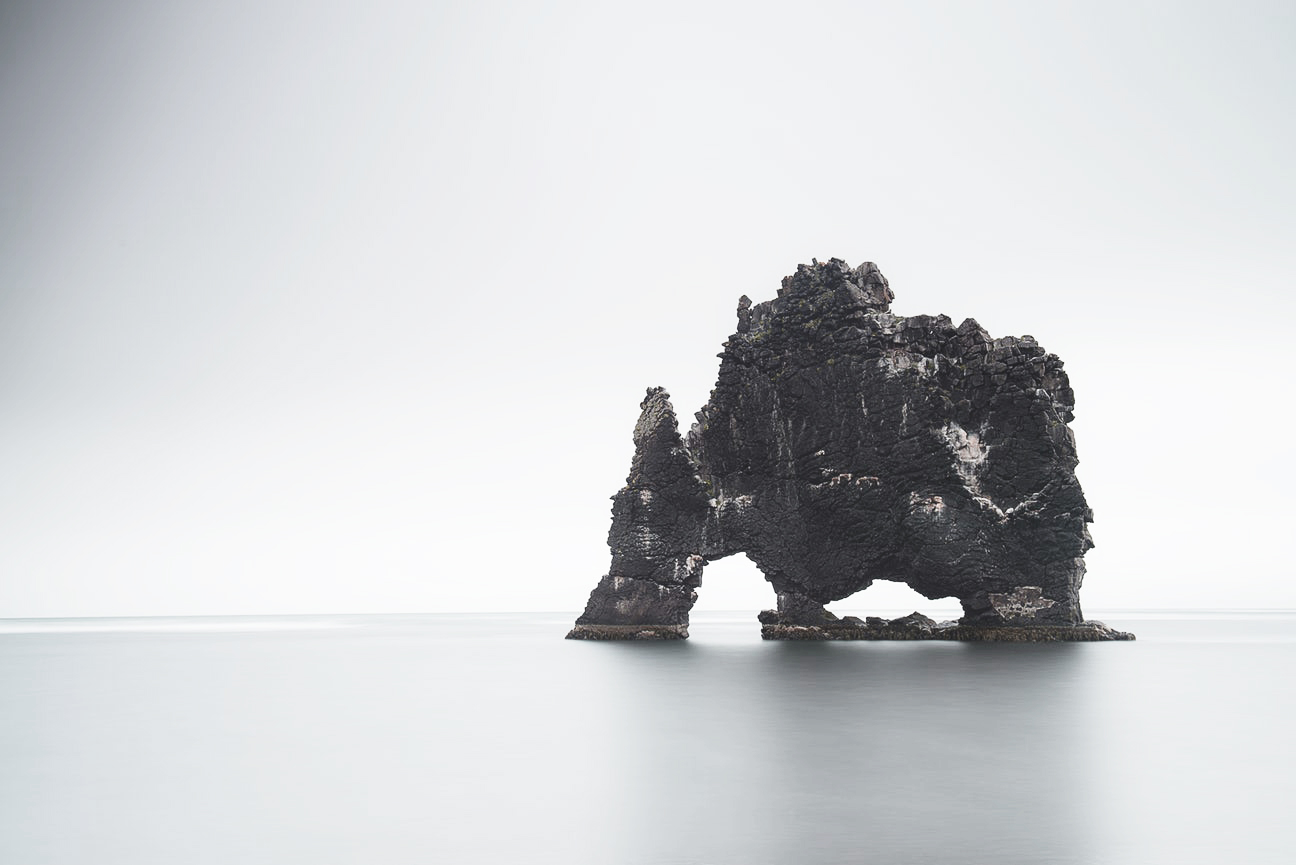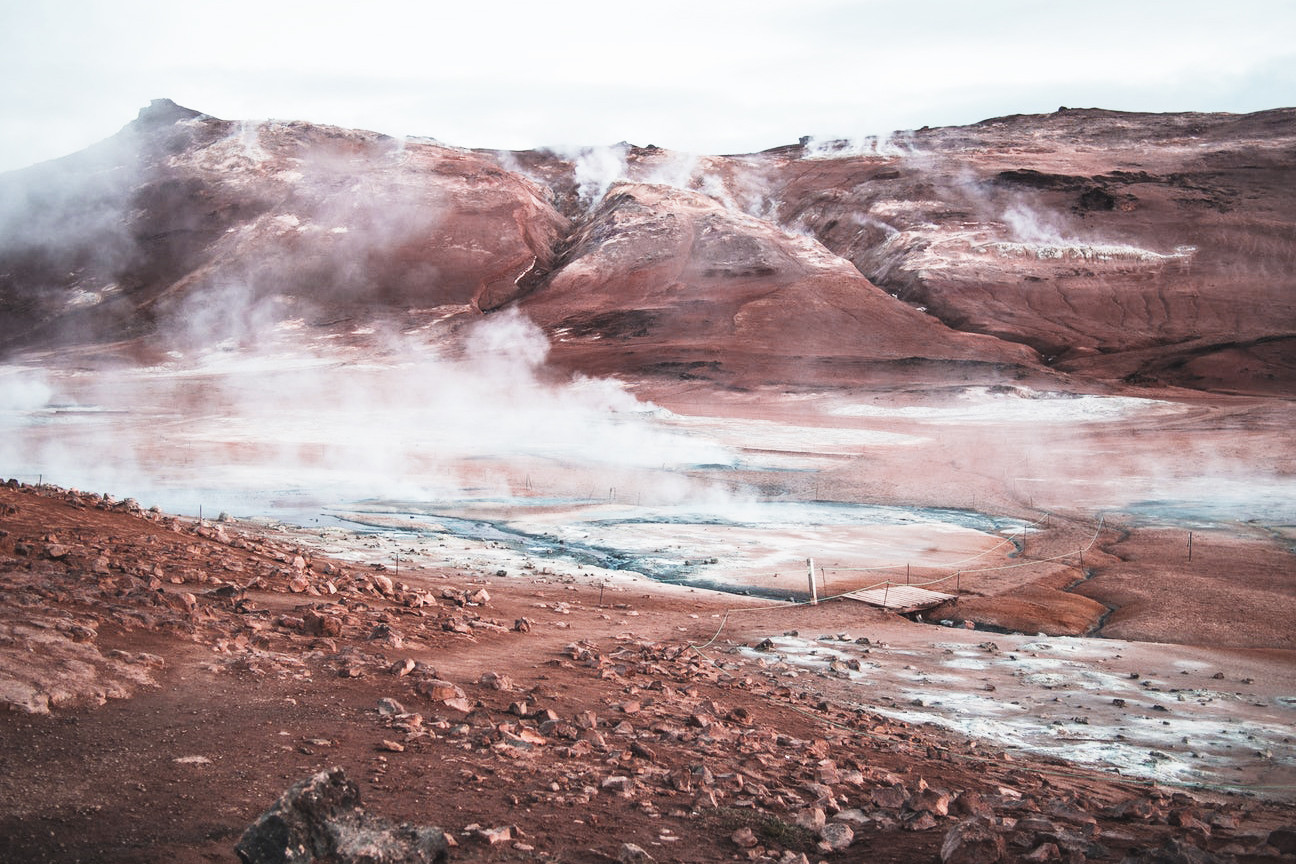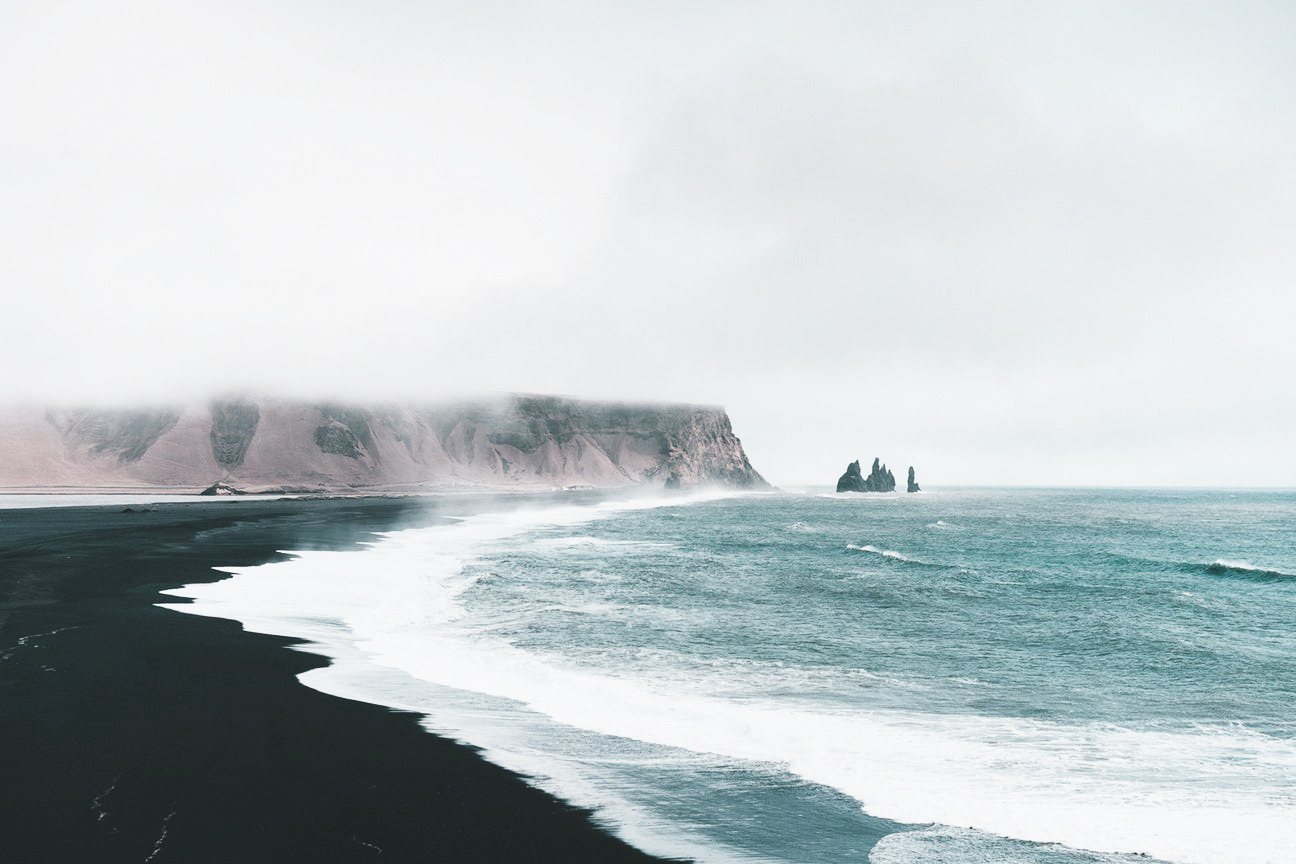The original population of Iceland was of Nordic and Gaelic origin. This is evident from literary evidence dating from the settlement period as well as from later scientific studies such as blood type and genetic analyses. One such genetic study indicated that the majority of the male settlers were of Nordic origin while the majority of the women were of Gaelic origin, meaning many settlers of Iceland were Norsemen who brought Gaelic slaves with them.
The population of the island is believed to have varied from 40,000 to 60,000 in the period ranging from initial settlement until the mid-19th century. During that time, cold winters, ash fall from volcanic eruptions, and bubonic plagues adversely affected the population several times. There were 37 famine years in Iceland between 1500 and 1804. The first census was carried out in 1703 and revealed that the population was then 50,358. After the destructive volcanic eruptions of the Laki volcano during 1783–1784, the population reached a low of about 40,000. Improving living conditions have triggered a rapid increase in population since the mid-19th century—from about 60,000 in 1850 to 320,000 in 2008. Iceland has a relatively young population for a developed country, with one out of five people being 14 years old or younger. With a fertility rate of 2.1, Iceland is one of only a few European countries with a birth rate sufficient for long-term population growth.
The Evangelical LutheranChurch in Iceland
Iceland is a very secular country; as with other Nordic nations, church attendance is relatively low. The above statistics represent administrative membership of religious organisations, which does not necessarily reflect the belief demographics of the population. According to a study published in 2001, 23% of the inhabitants were either atheist or agnostic. A Gallup poll conducted in 2012 found that 57% of Icelanders considered themselves “religious”, 31% considered themselves “non-religious”, while 10% defined themselves as “convinced atheists”, placing Iceland among the ten countries with the highest proportions of atheists in the world. Icelanders registered in the state church, the Church of Iceland, is declining at a rate of more than 1% per year.
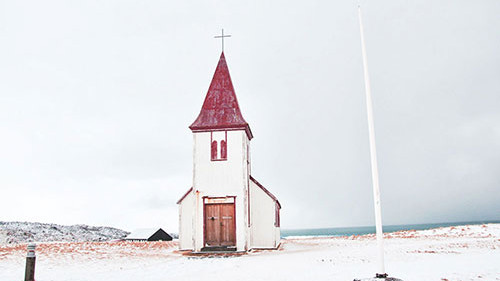
Iceland is the world's 18th largest island
Iceland is at the juncture of the North Atlantic and Arctic Oceans. The main island is entirely south of the Arctic Circle, which passes through the small Icelandic island of Grímsey off the main island’s northern coast. The country lies between latitudes 63 and 68°N, and longitudes 25 and 13°W.
Iceland is closer to continental Europe than to mainland North America, although it is closest to Greenland (290 km, 180 mi), an island of North America. Iceland is generally included in Europe for geographical, historical, political, cultural, linguistic and practical reasons. Geologically, the island includes parts of both continental plates. The closest bodies of land in Europe are the Faroe Islands (420 km, 260 mi); Jan Mayen Island (570 km, 350 mi); Shetland and the Outer Hebrides, both about 740 km (460 mi); and the Scottish mainland and Orkney, both about 750 km (470 mi). The nearest part of Continental Europe is mainland Norway, about 970 km (600 mi) away, while mainland North America is 2,070 km (1,290 mi) away, at the northern tip of Labrador.
A geologically young land, Iceland is the surface expression of the Iceland Plateau, a large igneous province forming as a result of volcanism from the Iceland hotspot and along the Mid-Atlantic Ridge, the latter of which runs right through it.[66] This means that the island is highly geologically active with many volcanoes including Hekla, Eldgjá, Herðubreið, and Eldfell. The volcanic eruption of Laki in 1783–1784 caused a famine that killed nearly a quarter of the island’s population. In addition, the eruption caused dust clouds and haze to appear over most of Europe and parts of Asia and Africa for several months afterward, and affected climates in other areas.
Iceland has many geysers, including Geysir, from which the English word is derived, and the famous Strokkur, which erupts every 8–10 minutes. After a phase of inactivity, Geysir started erupting again after a series of earthquakes in 2000. Geysir has since grown quieter and does not erupt often.
With the widespread availability of geothermal power, and the harnessing of many rivers and waterfalls for hydroelectricity, most residents have access to inexpensive hot water, heating, and electricity. The island is composed primarily of basalt, a low-silica lava associated with effusive volcanism as has occurred also in Hawaii. Iceland, however, has a variety of volcanic types (composite and fissure), many producing more evolved lavas such as rhyolite and andesite. Iceland has hundreds of volcanoes with about 30 active volcanic systems.
Surtsey, one of the youngest islands in the world, is part of Iceland. Named after Surtr, it rose above the ocean in a series of volcanic eruptions between 8 November 1963 and 5 June 1968. Only scientists researching the growth of new life are allowed to visit the island.


